Understanding Soapstone. Part one. A 1st try :)
rubyfig
14 years ago
Related Stories

LIFE21 Things Only People Living With Kids Will Understand
Strange smells, crowded beds, ruined furniture — here’s what cohabiting with little monsters really feels like
Full Story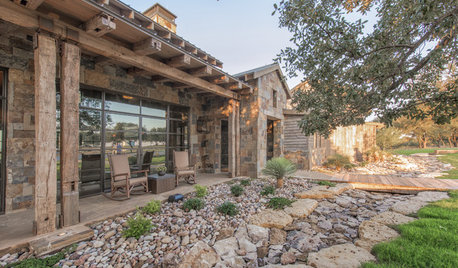
LANDSCAPE DESIGNTo Manage Stormwater Sustainably, Understand Your Site
Follow this guide to learn how water moves through your landscape and how best to manage it
Full Story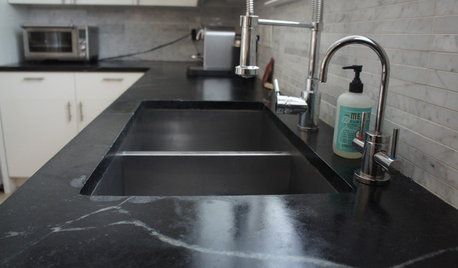
KITCHEN DESIGNSoapstone Counters: A Love Story
Love means accepting — maybe even celebrating — imperfections. See if soapstone’s assets and imperfections will work for you
Full Story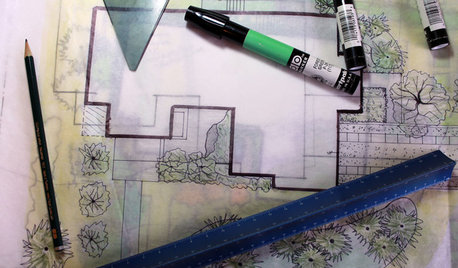
WORKING WITH PROSUnderstand Your Site Plan for a Better Landscape Design
The site plan is critical for the design of a landscape, but most homeowners find it puzzling. This overview can help
Full Story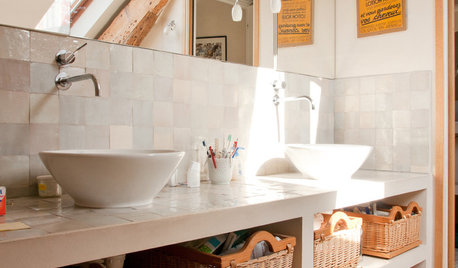
WORKING WITH PROSConstruction Contracts: How to Understand What You Are Buying
Learn how plans, scope of work and specifications define the work to be completed
Full Story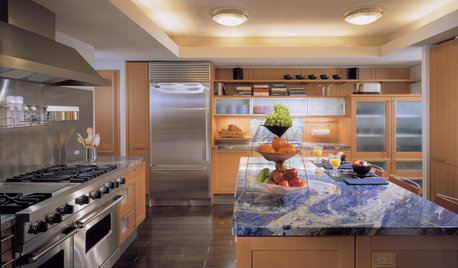
KITCHEN DESIGNAlternatives to Granite Countertops, Part II
Still looking for a new kind of countertop? Try sodalite, zinc, limestone, onyx and more
Full Story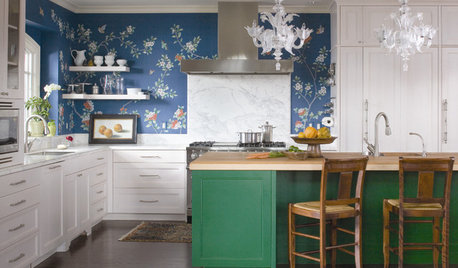
KITCHEN DESIGNTry a Shorter Kitchen Backsplash for Budget-Friendly Style
Shave costs on a kitchen remodel with a pared-down backsplash in one of these great materials
Full Story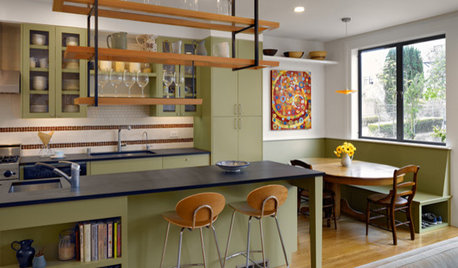
KITCHEN DESIGNAlternatives to Granite Countertops, Part III
9 more reasons to rethink the granite kitchen counter
Full Story
TRANSITIONAL HOMESHouzz Tour: Part Traditional, Part Modern and All Family Friendly
With clean lines, vintage touches and durable surfaces everywhere, this Los Angeles home balances tastes and needs beautifully
Full Story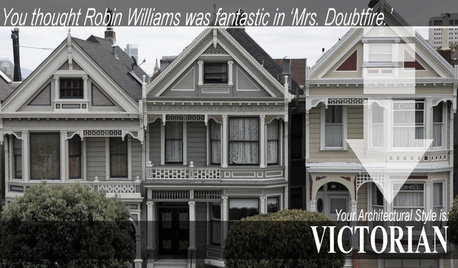
COFFEE WITH AN ARCHITECTFind Your Architectural Style, Part 2
If none of the home styles in Part 1 spoke to you, one of these is sure to float your boat
Full Story


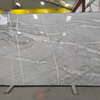
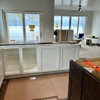
User
rubyfigOriginal Author
Related Discussions
1st try a FAILURE !!!!
Q
Need help monitoring 1st native mw up and 1st Monarch seen in Okl
Q
Value of half bath? Too close to kitchen, but only one on 1stFlr
Q
If you're doing one thing at a time, what should be done 1st?
Q
plllog
davidro1
rubyfigOriginal Author
granite-girl
rubyfigOriginal Author
cheri127
marthavila
rubyfigOriginal Author
pluckymama
sombreuil_mongrel
User
sombreuil_mongrel
rubyfigOriginal Author
cheri127
User
cheri127
rubyfigOriginal Author
User
tom999
rubyfigOriginal Author
debsan
alku05
pluckymama
ncamy
pluckymama
prill
rubyfigOriginal Author
dcindc
ncamy
cheri127
kaseki
retroreba
rubyfigOriginal Author
sombreuil_mongrel